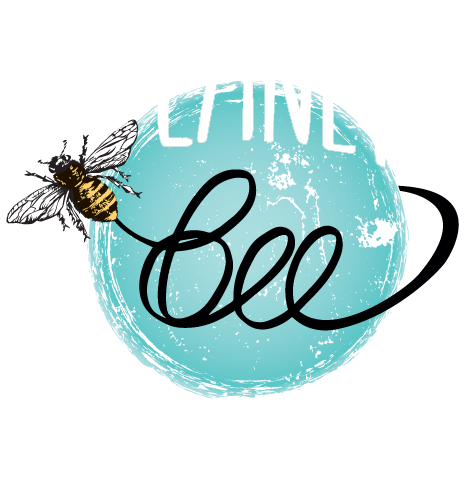
COMMUNITY SCIENCE
Community Science
NATIVE BEE HOUSE COMMUNITY SCIENCE PROJECT
Our Native Bee House Community Science Project can help our native bee friends thrive! Build a DIY native bee nest home to support native bee populations, make observations, and contribute to scientific research!
WHAT IS COMMUNITY SCIENCE?
You don't need a lab coat to participate in science! Sometimes, scientists encounter questions that can't be answered by them or their team alone, and that's where community science comes in. Community science (sometimes called "participatory science" or "citizen science") is a form of research that provides everyday people the opportunity to contribute data to further our scientific understanding of important issues. Planet Bee’s community science project is a way for citizens to contribute to research through local observations and stewardship.
WHY BECOME A COMMUNITY SCIENTIST?
By becoming a Community Scientist with Planet Bee, you'll take on a crucial role in conserving our pollinators. Your participation in this research project will contribute to a deeper understanding of native bee biodiversity, with your findings shared among the scientific community, educational institutions, and bee lovers around the world. Let's dive into science together!
JOIN OUR NATIVE BEE COMMUNITY SCIENCE PROJECTS

1. Native Bee Home Guide
Start here to learn how to support native bees with a bee house—whether you’re building one yourself, trying a DIY bee home, or buying a ready-made native bee house. Discover what types of native bees may nest inside, how to install your bee home, and the best care tips to keep your habitat safe and pollinators thriving.

2. Build a Native Bee House
Create a Pollinator-Friendly Backyard with a DIY Native Bee Nest!
Many native bees make their homes in underground burrows, in a block of wood or inside hollow plant stems — and you can help support them right in your own yard.
Check out the instructions below to build three different types of simple, bee-friendly nest homes.
And don’t forget to keep your bee home healthy! Follow our seasonal care guide to protect and maintain your native bee nests all year long.
Click the button to learn how to care for your native bee home throughout every season!
3. Register Your Bee House
Once you've built a native bee nest house, please complete our form to register it in our database. Observe your nest house to learn more about the activity of native bees in your area. You can upload as many native bee houses as you build and update your observations over time!


Connect with your Community
Once you create an account you will be able to discover nests in various regions.
Explore Nest Habitats Worldwide
Discover nests in various regions across the globe. Learn about native bee species in different neighborhoods and explore their unique preferences.
Join a Focus Group
Are you passionate about a specific bee-related topic? Connect with like-minded individuals by finding a focus group tailored to your interests.
BRING THIS PROGRAM TO YOUR SCHOOL OR CORPORATION

Our resources empower teachers and students to embark on inquiry-based learning journeys, fostering curiosity and stewardship towards environmental impact. Through our NGSS aligned materials, students engage in authentic scientific research, honing critical thinking and problem-solving skills while contributing valuable data to the scientific community. With a blend of synchronous and asynchronous learning, teachers and students collaborate with Planet Bee STEM Educators to actively engage in the learning process. Click below to explore our Native Bee Nest House Digital Toolkit, equipped with everything needed for remote access, including teacher guides, standards alignment support, presentations, activities, videos, and hands-on experiments. Join us in crafting teaching units that facilitate native bee nest building, aiding pollinators and advancing bee research. Together, let's make a positive impact on our ecosystems!
Join us for a rewarding one-hour volunteer experience where team members can build and take home their very own native bee house, providing essential nest habitats for local bee populations. Additionally, participants have the option to donate the nest homes created during the workshop to parks, community centers, and schools, contributing to the conservation of native bees in public spaces. Our onsite workshops offer an educational component featuring an observation hive teeming with live honey bees, hands-on seed ball making activities, and delightful honey-tasting sessions. Don't miss out on this enriching opportunity to support bee conservation efforts while learning and having fun!





